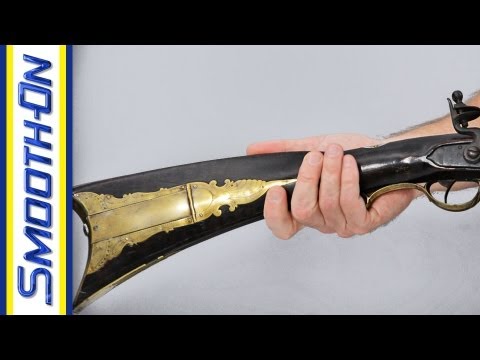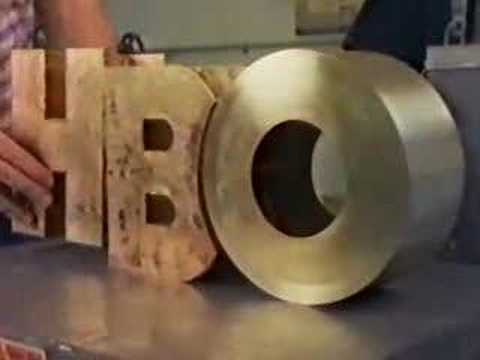Did you see my AMA this week on Reddit? A lot of good questions were asked, and I hope I gave decent answers to all of them.
I’m not the only one starting to use fun foam for everything. Propnomicon has this great video from Evil Ted on heat forming foam for various effects. He shows you not only how to shape and bend it, but also how to add indented details.
This is from a year ago, but the Royal Academy of Dramatic Art has a video showing the inside of their prop department where Deryk Cropper teaches the next generation of UK prop builders.
How many Millennium Falcons have there been? Cinefex looks at the history of Star Wars and talks about all the various physical models of this iconic spaceship, from tiny coin-sized miniatures up to full-size set pieces. It’s a little sad to hear that the full-size version created for the original trilogy was burned at the end of filming.
Ed Lebetkin’s antique tool shop in Pittsboro supplied all the period-appropriate tools for the new film The Revenant. The shop is right above Roy Underhill’s Woodwright’s Shop and is just down the road from me. I got to visit the place a few years ago and wrote about it on this very blog. The last photograph and paragraph talk about Lebetkin’s shop.


